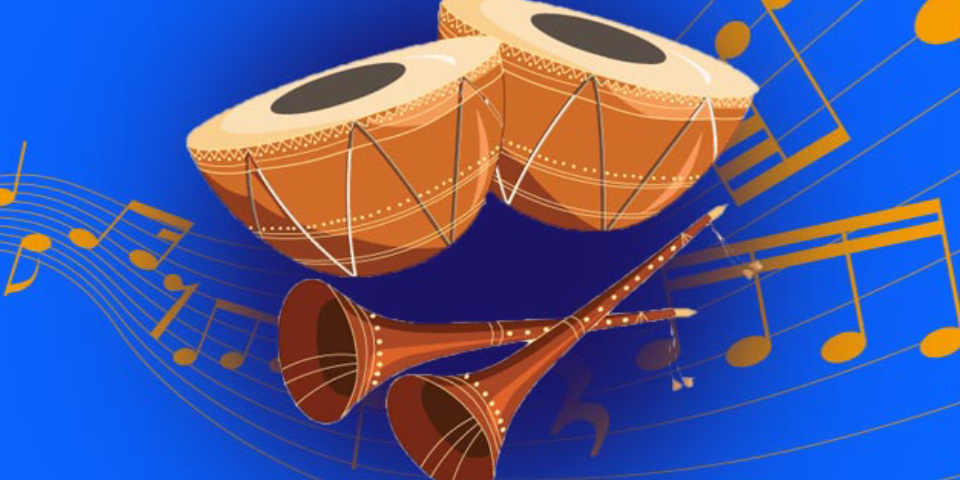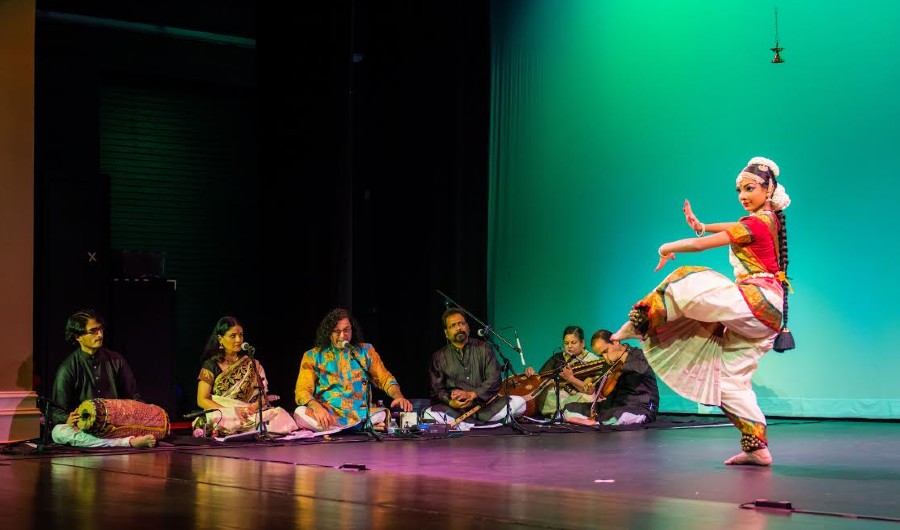Difference Between Ragas In Indian Music

Enduring Evolution and Effects of Indian Classical Music
January 14, 2020
All about the various types of folk music
January 16, 2020Difference Between Ragas In Indian Music

Know Your Ragas In Indian Music
In Indian music, ragas play a significant role in the making of music. Basically, ragas are connected with different seasons and timings of the day. The time zones for ragas are morning, afternoon, evening, and night. The ragas will have maximum effect when they are performed at the suggested time zone or the season. For example, Miyan Malhar and Gaud Malhar are ragas specifically sung during monsoon season. Hindustani music has ragas based on seasons, time, and moods. Carnatic music has ragas that are based on the technical traits of the ragas. Ragas are believed to have supernatural effects. In modern concerts, they are not given importance, and they are rarely mentioned during introductory sessions.
Ragas in Classical Music
Indian classical music is always based on ragas. There are eighty-three ragas in Indian classical music. The primary ragas are six in number, and they are as follows:
Raag Bhairav: This is a morning raga and brings peace at heart to the listener. The raga sets in a grave mood and refers to seriousness, becoming introvert, and helps the listener to turn devotional.
Raag Malkauns: This raga is sung during the wee hours of the morning, that is, just after midnight. The raga brings in a soothing effect on the listener. This raga is believed to be created to calm Lord Shiva by Goddess Parvati.
Raag Deepak: This is an evening raga with the power of creating fire. Tansen successfully lit the lamps by singing this raga in the Emperor Akbar’s court.
Raag Shri: This raga is known as evening raga, and it is sung at the time of sunset. Shri raga evokes grace and creates a mood of dedication and devotion.
Raag Megh: This raga is sung to bring rains to the parched earth.
Raag Hindol: This raga is related to the spring season, and it is sung in the first part of the day.
Know More About : Two popular forms of Indian classical music
Ragas In Hindustani Music
In Hindustani music, a raga is classified under thaat or parent scales. Thaat is thirty-two in number. Ten of them frequently occur in Hindustani music. Ragas in Hindustani music are classified based on these ten parent scales or thaats. The parent scale of a raga is its key signature.
Raag Yaman: This raga is performed between sunset and late evening. With its grace, this raga kindles a mood of dedication and devotion. It also means the unconditional offering and asks nothing in return.
Raag Bhimpalasi: This raga is performed between late afternoon and sunset. This raga kindles a feeling of yearning that is passionate and poignant.
Raag Bageshree: This raga is named after Saraswati, the goddess of music, and is sung late at night.
Raag Jhinjhoti: This raga is sung in the late evening. It reflects the soul of rural life in India.
Raag Jaunpuri: This raga is sung during the time that occurs between late morning and noon.
Raag Bihag: The song with this raga is sung late at night and suits well ghazals and music in films.
Raag Bhupali: This evening raga is performed between sunset and the early night.

